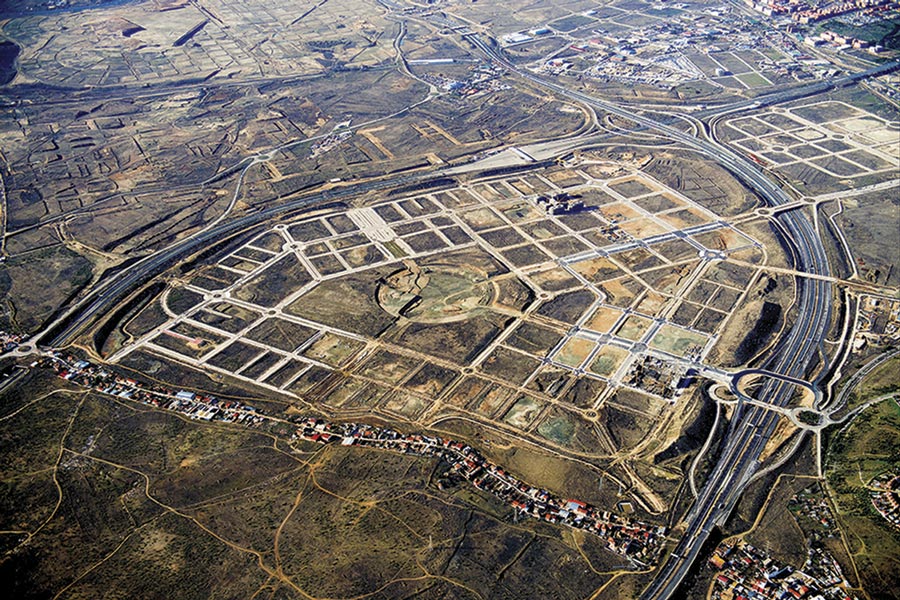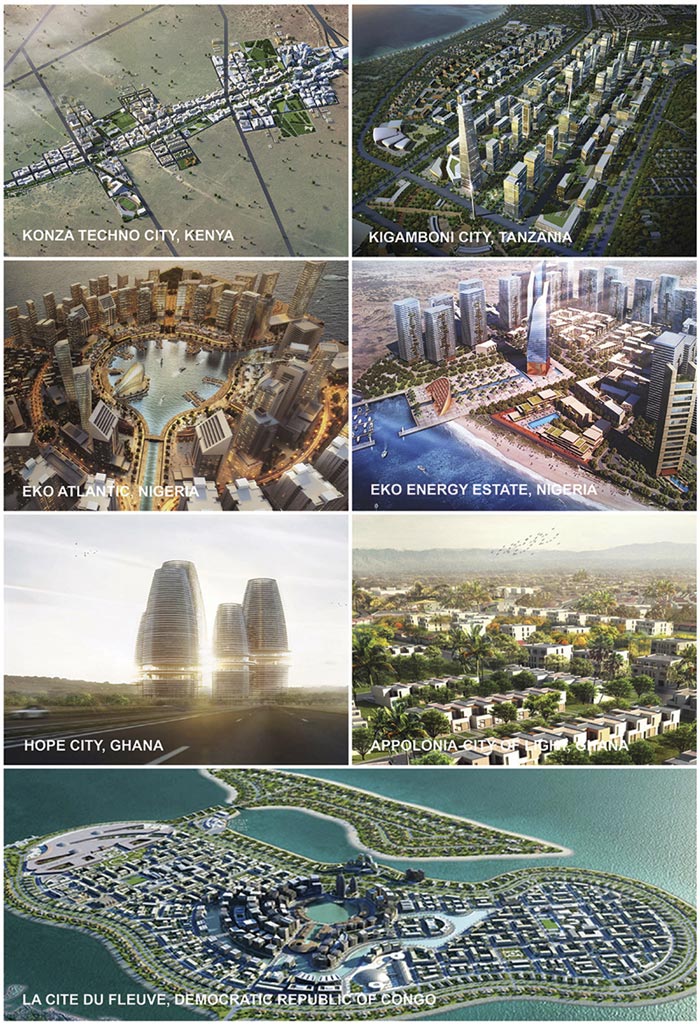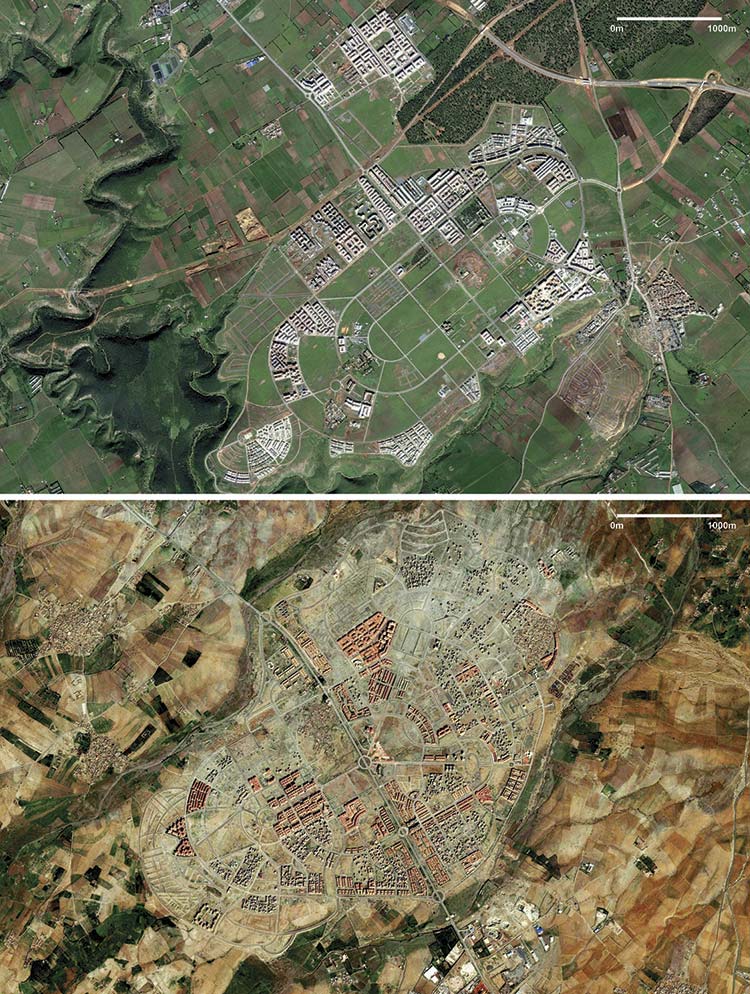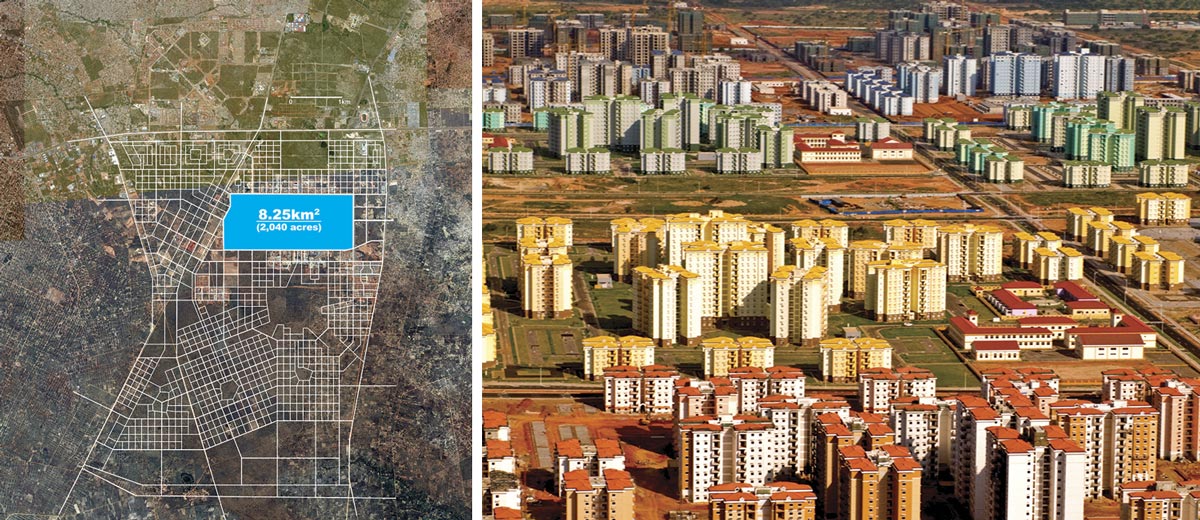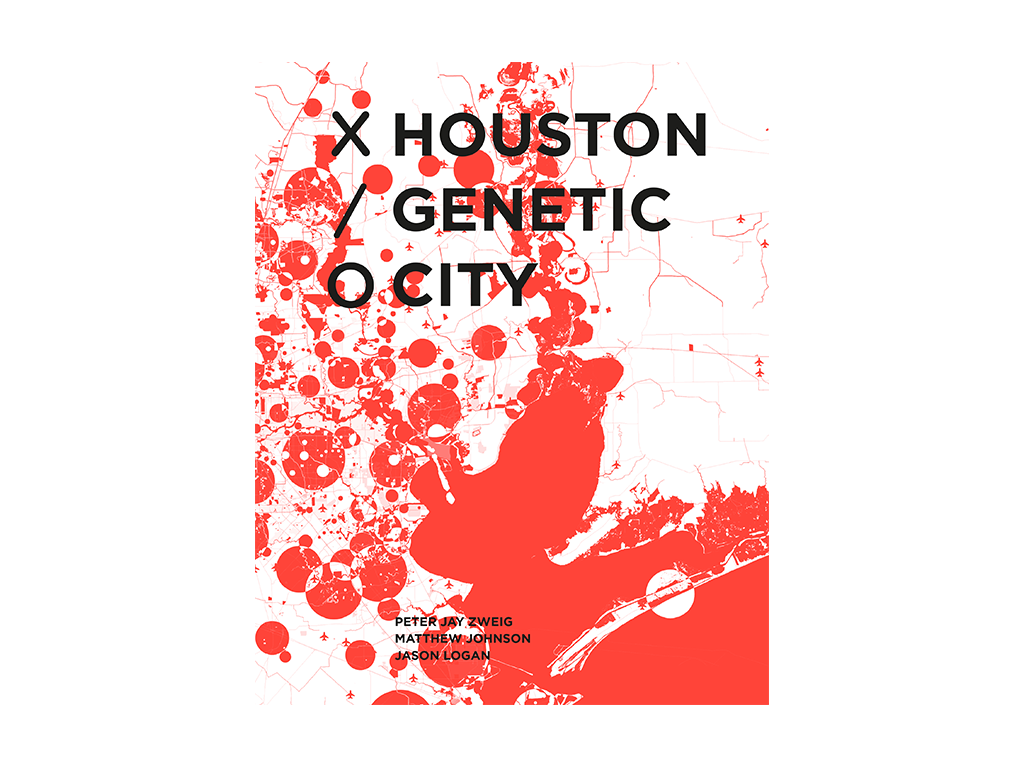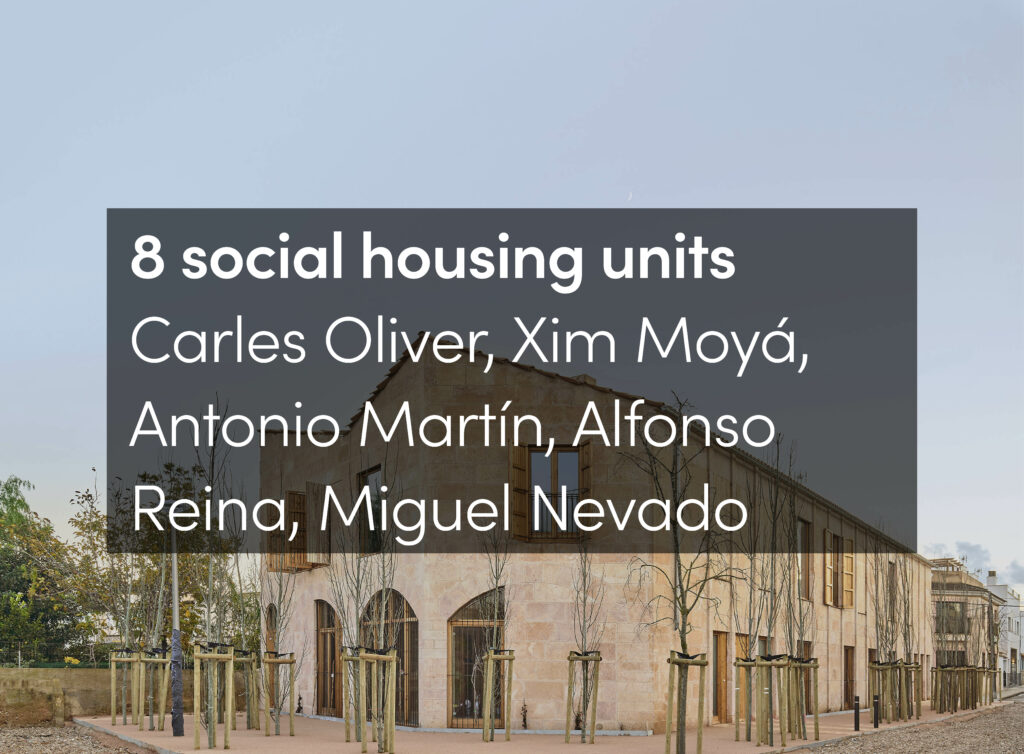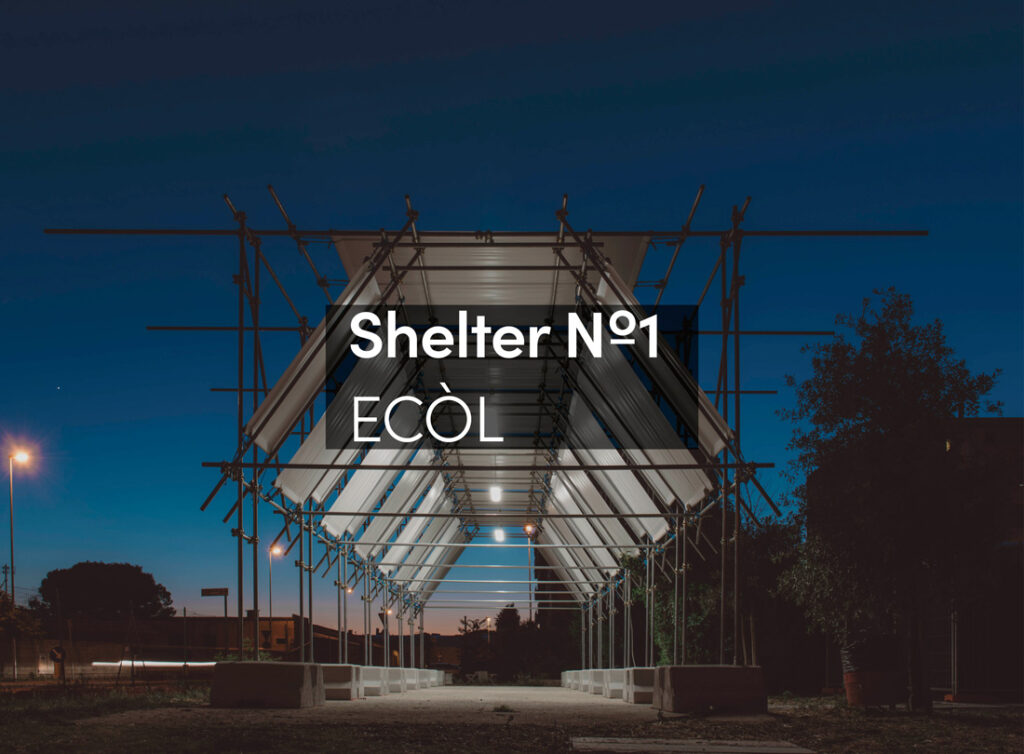Today, according to recent United Nations data, there are just under 1.2 billion people living on the African continent. By 2050, this number is projected to double to approximately 2.4 billion people. By 2100, there is presumed to be somewhere in the realm of 4.4 billion people living in Africa, accounting for roughly 40% of the total population of earth. [1]
While Africa is currently home to a hugely diverse range of urban formats vis-à-vis their degree of maturity, the politics that guide them, and the economies that support them, the overall urban condition is substandard—both in terms of the infrastructures upon which it relies, and the building stock of which it is composed. In this context, there should be little question regarding the need for substantial upgrades to Africa’s urban settlement and infrastructure.
Not coincidentally, in the ten or so years since the peak of the global real estate bubble in 2004 these population projections, in combination with the extreme deficiency of urban services and settlement seen across the continent, have led to a growing wave of proposals for new large-scale urban development throughout Africa. Acknowledging the urgent need for upgrades mentioned above, what is of particular interest regarding these proposals is the radical incongruity of their scale, scope, format and program relative to the actual demographic and market demands of the contexts they are being proposed within.
For example, many of these proposals are reliant on models of urbanization-driven economic growth that unapologetically borrow from exogenous pursuits recently employed in places like China and the Middle East. This appropriation seemingly ignores the fundamentally different set of material and demographic resources characterizing the contexts from which they are drawn, as well as the radically different governance and land tenure systems on which they are based. In turn, beyond their clear misalignment with the near-term realities of the African milieu, what many of these proposals for new settlement and infrastructure imply is the threat of further exacerbating deficient urban conditions by shifting severely limited capital resources away from more basic urban services. [2] In this way, these “African New Towns” represent an increasingly critical topic of concern for those disciplines actively engaged in their planning, design and construction.
What complicates this process—or, in fact, what motivates it—is the emergence over the last 30 years of a phenomenon I refer to as speculative urbanization. [3] These are pursuits that employ the construction of new infrastructure and settlement for primarily political and economic purposes, rather than to meet real (as opposed to artificially projected) demographic or market demand. If this definition is expanded slightly, it can also include activities related to the legislative re-designation and re-parcelization of land for the specific purposes of increasing its monetary value. The phenomenon refers primarily to activities occurring at the periphery of established urban areas, or in entirely exurban contexts where physical urbanization is operating autonomously at the scale of a district or territory, rather than at the scale of a single parcel or building.
While examples of the speculative expansion of settlement and infrastructure can be found as far back as ancient Rome, the last 15 years in particular have seen the most dramatic and consequential instances of the phenomenon, as well as a clear intensification of its incidence. [4] Given the severe economic and social disruption caused by the failures of recent speculative pursuits—see for example Spain, Ireland, China and Dubai during the first decade of the 21st century—it is worth taking a moment to consider design and planning’s role in these activities.
Catastrophic failure of similar speculative urbanization endeavors has already occurred in places like Spain, with little long-term impact on their continued pursuit.
Historically, physical urbanization has tended to follow on economic growth. On the occasions when building activities do outpace their corresponding economy, a surplus is created and some sort of market correction is required: price, volume, etc. However, this correlation between urbanization activities and economic growth is more and more frequently being inverted. Here, as was the case in many of the examples mentioned above, physical urbanization activities are expressly being undertaken in the hopes of generating economic growth regardless of real demographic or market demand. This often means the pursuit of projects that are wildly over-scaled, economically inaccessible or simply inappropriate to the current circumstance of a given context. In turn, these projects are increasingly characterized by a high incidence of failure—either through low occupancy, partial completion, or complete abandonment.
The costs of these failures extend well beyond the built environment into substantial social, fiscal, and environmental repercussions. Given the expansive nature of these consequences, what is increasingly coming into question as new proposals for gleaming urban development rapidly emerge across the African continent is how necessary upgrades to settlement and infrastructure should be undertaken; what types of physical formats and urban strategies these upgrades should rely upon; and—most critically—for whom these new settlements and infrastructures are actually being produced.
When it comes to rapid urbanization in developing economies, these are not new questions. In fact, similar queries were raised in the 1980s and 90s in Southeast Asia, and again in the late 1990s and early 2000s in the Middle East as urbanization activities were employed with the explicit intent of projecting the image of modernity and competitiveness for both economic and political purposes, often independent of the realities of demographic or social need.
While proposals for massive new urban districts are increasingly becoming the norm and, in turn, less shocking, a fundamental question does remain: Will the particular urban growth models employed in these pursuits serve to produce long-term urbanistic benefits as in the past, or will these initiatives ultimately succumb to unanticipated near-term disruptions (social, environmental, economic and political) that preclude the realization of longer-term successes? [5] While it is impossible to foretell the answer to this question, the role real estate speculation played in the global financial crisis of 2008, as well as reflections on other prior speculative urbanization events does suggest that without some sort of fundamental change, these contemporary pursuits are likely to produce commensurately severe repercussions—both locally and globally.
Ongoing research being conducted at the University of Pennsylvania has found no fewer than 60 cases of territorial-scale speculative urbanization undertaken over the last decade within the 20 largest state economies in Africa. That said, examples can be found in many of the continent’s smaller economies as well. Each of these cases are a minimum of 80 hectares (approx. 200 acres) in size; are positioned as peripheral expansions of settlement adjacent to existing cities or on exurban greenfield sites; and are intended to function as autonomous urban districts, ostensibly independent of existing urban centers. Ultimately, what distinguishes these speculative urbanization activities from more credible or more conventional urbanization pursuits is their scale, their location, and their degree of accessibility relative to an available population (market). While this is not the appropriate venue to discuss each of these various developments in a great deal of depth, we can begin to sort them based upon type, which proves useful in exploring the motivations behind these pursuits.
For example, perhaps the most common speculative urbanization format being seen on the African continent today is what I refer to as the middle class new town. These are developments undertaken with the explicit intent of accommodating a particular country’s so-called “growing middle class” that is projected to appear as a result of rural to urban migration in combination with the economic expansion associated with modernization. Examples of this type include Morocco’s ongoing new towns program initiated in late 2004; Tatu City northeast of Nairobi, Kenya (1,200ha); the Centenary City (1,260ha) and Lekki New Township (1,560ha) projects in Nigeria; La Cite du Fleuve (375ha) at the eastern periphery of Kinshasa, D.R.C.; Appolonia–City of Light (941ha), north of Accra, Ghana; and, what has become the media poster-child for this type of development, the Chinese-built new town of Kilamba (5,400ha), southeast of Luanda, Angola to name just a few.
What is at issue with this particular format is that much of the housing being produced is simply inaccessible to the general population from a financial point of view without substantial government subsidies that many of these countries simply cannot afford to provide. The result is that this particular type of development often remains empty and physically deteriorating years, even decades, after its construction.
Since the height of the global real estate bubble in 2004/2005, an increasing number of proposals for speculative new cities have appeared throughout the African continent. Clockwise from top right: Kigamboni New City—Dar el Salaam, Tanzania (Source: Kigamboni Development Agency); Eko Energy Estate—Lagos, Nigeria (Source: MZ Architects); Appolonia City of Light—Accra, Ghana (Source: Reandevour); La Cité du Fleuve—Kinshasa, D.R.C. (Source: HawkWood Properties); Hope City—Accra, Ghana (Source: RLG Communications); Eko Atlantic— Lagos, Nigeria (Source: Eko Atlantic); Konza Techno City—Konza, Kenya (Source: Konza Technopolis Development Authority).
Another common speculative urbanization format is the increasingly ubiquitous tourist/luxury enclave. Following on the urban growth models established in places like Spain and the Emirates, these urbanization projects are predicated on the opening up of an exotic landscape to foreign investment and populations, in combination with the creation of secured areas of exception within the extents of existing metropolitan contexts. Examples include the 2400-hectare Longonote Gate 70-km northwest of Nairobi; the various developments undertaken as part of the New Cairo project including Barwa (830ha), Madinaty (4,500ha) and Mivida (1,490ha); resort projects along the Atlantic Coast of Morocco south of Tangier such as Tinja (330ha) or Al Houara (234ha); and the 10-square kilometer Eko Atlantic development being reclaimed from the sea south of Lagos, Nigeria. These developments, like the middle class new towns mentioned above, are inaccessible to the vast majority of the African population. However, unlike the prior set of examples that claim to be undertaken explicitly in service of the continent’s growing urban populations, these developments make no pretenses about their desired clientele—the global elite and their associated investment dollars.
The third category of speculative urbanization most often being pursued on the African continent is also primarily oriented towards the desire to attract foreign investment. However, rather than investment from individuals, these technology- or industry-sector new towns are geared primarily towards attracting capital and/or partnerships from established foreign corporations and institutions. For example, the proposed 2,000-hectare Konza Techno City, to be located 70km southeast of Nairobi Kenya aims to capture the momentum behind the massive telecom market (SMS) already present throughout Africa. The Green City of Mohammed IV, roughly mid-way between Marrakech and Casablanca, looks to build upon the resources of Morocco’s Office Chérifien des Phosphate (OCP)—the state agency tapped with managing the country’s vast phosphate reserves—in order to establish an international research and industry hub centered around a newly created “world class” university. A few hundred kilometers to the north is the proposed Zenata Eco City (1,830ha), which is intended to elevate Casablanca, already Morocco’s financial center, “to the rank of world metropolis.” [6] Elsewhere, forty or so kilometers north of Johannesburg, South Africa lies the privately owned Lanseria Airport, envisioned to be transformed over the next 25 years into a so-called Airport City, with an “aerotropolis zone” radiating out as much as 20km from the airport facility at its center.
In the context of these various pursuits, it is worth considering why the potential economic engine implied by each of these proposals is so often seen as incompatible with existing urban centers and structures. Certainly urbanization activities tied to potential job centers other than construction has proven to be a valid strategy. The question becomes why these pursuits seem to rely so heavily on exogenous urban growth models, rather than leveraging the particular assets of specific territory or context in the service of establishing new paradigms.
Morocco’s Ville Nouvelle program—first announced in late 2004—proposes the development of 15 new towns of greater than 150,000 residents to be built by 2020. At present, 6 of these new towns have been partially constructed and occupied, while an additional 5 development sites have been selected. Pictured: Tamesna above, Tamensourt below.
The final category associated with the intensifying pursuit of speculative urbanization on the African continent is perhaps the most telling. The appearance of a number of new national capitals makes clear the perceived correlation between global political and economic status, and the production of novel or iconic urban form. This correlation is obviously not new as places like Rome, Paris and Moscow can easily attest. What is unique however, as was mentioned before, is the inversion of this relationship to the point where the physical construction of the constituent components of the “global city” is now understood as a means to an end, rather than a product of growing economic and political status.
Examples of these new capitals include the 6,000ha “low-carbon city” of Boughezoul 120km south of Algiers, planned as the new capital of Algeria and funded primarily by the carbon-dependent oil wealth of the country. In Equatorial Guinea, an 8,150ha administrative capita called Oyala (or Djibloho) is rising on the mainland, roughly 350km across land and sea from the existing capital at Malabo. While not a true new town, the Kigali 2020 master plan imagines transforming the territory of one of history’s worst genocides into a decentralized conurbation comprising high-tech, finance and retail districts alongside ecological preserves in what can only be characterized as a city conceived in the image of Singapore, home to the planners behind the project. [7] And, as recently as March 2015, a massive new capital district for Egypt was proposed for the outskirts of Cairo in order to “spark a renaissance in the [country’s] economy”. [8] This new city, planned for five million residents and to be built in five to seven years, is just the latest example of an increasingly prevalent belief in urbanization as the ultimate instrument of 21st-century economic production and global status, particularly for developing economies.
In reflecting on these various cases, what is striking is that unlike the post-war period in Europe where urgent housing demands and the need for modernization motivated the pursuit of innovations in both architectural form and urban formats, similarly urgent population projections for the African continent are inducing an urbanization response that seems to do little more than recycle familiar recipes for what constitutes the contemporary “competitive global city”. [9] Here, the limited pursuit of urban design “innovation” has been reduced to the occasional quest for hyperbolic architectural form or stamping out vast new urban districts wrapped in over-scaled, ill-defined wreaths of green.
Such a body of work suggests an inexcusable abdication of responsibility by the urban design disciplines. In this regard, the urgent challenge facing urbanization on the African continent relates less to the models being emulated, than to the particularities and appropriateness of the urban formats being employed; the processes by which this urbanization is undertaken; and the capacity of planning and design to conceptualize models of urbanization that actively adjust the disposition of these pursuits in response to changing demographic, economic, political and environmental demands faced over the extended timescale of a project’s deployment.
Contemporary popular media’s engagement with these speculative urbanization activities could be described as uneven at best. European and American news outlets in particular have tapped into the paranoia surrounding China’s growing global influence by focusing their narrative on urbanization projects on the African continent being promoted or constructed by Chinese state or state-related entities like CITIC or CGCOC. [10] While significant in both number and scale, these are by no means the only actors involved in speculative urbanization activities on the African continent.
The built extents of Kilamba as of January 2014 are approximately one-tenth of the total area of the proposal. Kilamba is one of five proposed new towns currently planned for the periphery of Luanda.
For example, a group of familiar international funding sources and government-linked companies, alongside recognizable engineering and planning multinationals from Europe and Southeast Asia, appear again and again in many of these projects. Institutions like the EU, IMF and World Bank underwrite many of these projects through support of planning studies or infrastructure funding. [11] Elsewhere, corporate partnerships and investment funds with interests in resource extraction or agriculture are utilizing urbanization activities as an instrument for gaining political favor, and in turn, access to these assets. [12]
While many proposals emerge from the hubristic ambitions of the leadership of a particular state, other proposals are being promoted by foreign parties looking to take advantage of what they see as latent markets or fiscally desperate governments. State-linked planning and development companies from places like China, Singapore and the Middle East trade upon the demonstrated “successes” of their particular urban growth models in order to convince the leaders of cities and states to retain their services or allow them to undertake development on their behalf. [13] In this way, the similarity between proposals in terms of central actors and proposed outcomes, in even the most divergent of contexts should be unsurprising. Simply put, there is a universal recipe for urbanization-driven economic growth that is being peddled indiscriminately across the African continent as the essential solution to the most intractable of economic and, in turn, social challenges.
As I have argued elsewhere, this pursuit of speculative building is an inevitable consequence of a capitalist economic system. [14] However, acknowledgement of this inevitability should not be interpreted as acquiescence—quite the opposite. While these speculative activities emerge from a variety of political and economic motivations, we cannot excuse the design and planning disciplines from complicity in the consequences of these pursuits.
For example, we must acknowledge the sheer absurdity of trying to design and plan large-scale new urban settlement—speculative or otherwise—by focusing solely on the realization of a single, preferred outcome. The illogic of such an approach is manifold. Focus on a single outcome presumes an impossibly stable state in terms of economic activity, population, and market demand. It demonstrates a disturbing naiveté or willful negligence on the part of the planner and designer to not take into account the increasing likelihood of disruption to the urbanization process that characterizes speculative building activities. It relies on discredited ideas of phasing and predetermined stages of implementation. And ultimately, this focus on a singular outcome demonstrates a hubristic belief in being able to accurately prognosticate just how an economy will function years, if not decades, in the future. This critique is not offered to argue for some form of indeterminacy—we know the dead end such an approach offers. [15] Rather, what I am suggesting is the need for a retooling of urban design theory and practice in pursuit of modulatable formats of land use, infrastructure and settlement that can be actively adjusted in real time.
In this context, the Dutch urbanist Michele Provoost has argued that there is a fundamental disconnect between Western design education and the realities of contemporary urban design practice. [16] She notes:
“While big architecture firms are designing entire cities and constructing architectural icons ex nihilo, ‘their’ schools theorize mostly about the inability to plan urbanization, and offer up instead tactics of architectural acupuncture and bottom-up urban politics.”
In essence, since the “failures” of mid-century modernist planning, the act of designing a city from scratch has been excised as a core competency of urban design education. In turn, design and planning’s capacity to adequately (or appropriately) conceive of and implement new urban form has eroded. As a result, what is most often being peddled as “urban design” today is simply scaled-up reproductions of “proven” urban formats, or dystopic renderings of new settlement as implausible architectural icons.
Obviously, there is a certain operational efficiency to relying on familiar formats and fixed outcomes when it comes to the design and planning of new settlement. In fact, one might argue that to operate otherwise would risk disciplinary credibility. It is admittedly difficult (perhaps akin to professional suicide) to tell a client, “I don’t know exactly what is going to happen in 10 years,” or “there is a possibility this might not work as we desire.” On the other hand, the capacity to devise systems of urbanization that can be adjusted or adapted to changing circumstances; that can be recalibrated or modulated during an ongoing process of urbanization; that can create net positive outcomes even in “failure” offers the urban design disciplines an opportunity to expand and extend their agency in the inevitable speculative urbanization process. Under such an approach, urban design engages in the ongoing management of urbanization activities, rather than continuing to simply be employed in the blind production of physical urban products that stand in as proxies for the processes of urbanization.
Given the pressing demand for urbanistic and infrastructural upgrades implied by population and economic growth projections across the African continent, such a disciplinary shift is essential if we are to avoid once again reproducing the severe environmental, economic and social consequences that have emerged from comparable prior speculative pursuits.
